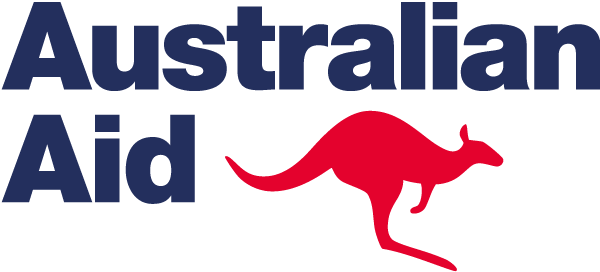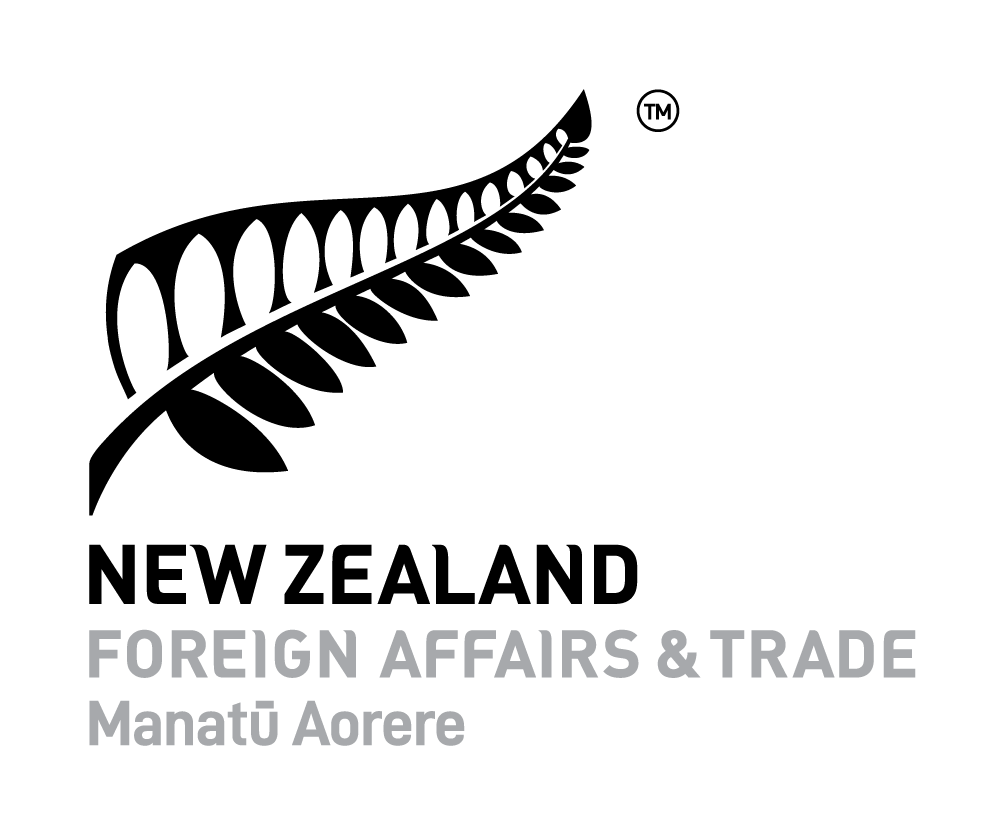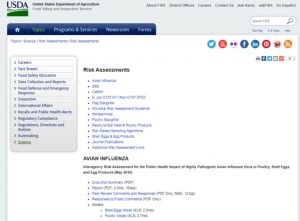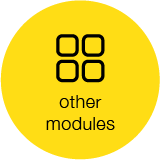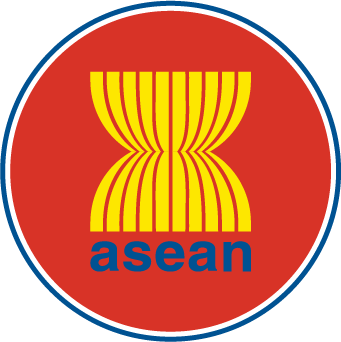
for the Implementation of International Standards
related to Sanitary and Phytosanitary (SPS) Measures


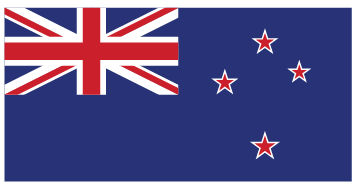
ECONOMIC COOPERATION SUPPORT PROGRAMME (AECSP)
Disclaimer
This e-learning module has been developed for the teaching purposes and material contained in it is of general nature.
It is not intended to be relied upon as legal advice and the concepts and comments may not be applicable in all circumtances.



ECONOMIC COOPERATION SUPPORT PROGRAMME (AECSP)
Introduction
A lot of information about what food safety risk assessment is and how to do it is already available, it is just a matter of finding these sources of information. This module will provide you with sources of information that you may want to consult if you want to learn more. It is not intended to be exhaustive.
Work of reference
On the website of Codex Alimentarius you will find guidelines for various types of risk. It can be accessed here.
Risk assessment
Principles and Guidelines for the Conduct of Microbiological Risk Assessment (CXG 30-1999), last modified in 2014: This document provides an overview of definitions and guidelines for application that are specifically targeted towards microbiological risk assessment.
Guidelines on the Application of Risk Assessment for Feed (CXG 80-2013), last modified in 2013: This document provides guidance for risk assessment for hazards in feed of food-producing animals, which may adversely affect human health. Hazards in feed that exclusively affect animal health are not considered in these guidelines, as they are not within the scope of Codex Alimentarius.
Both are available in the resources tab.
Risk analysis
Principles for the risk analysis of foods derived from modern biotechnology (CXG 44-2003), last modified in 2011: This document provides guidance for risk analysis, including risk assessment, for food derived from modern biotechnology.
Working Principles for Risk Analysis for Food Safety for Application by Governments (CXG 62-2007), last modified in 2007: The principles provide guidance to national governments for risk assessment, risk management and risk communication with regard to food related risks to human health. They apply equally to issues of national food control and food trade situations and should be applied consistently and in a non-discriminatory manner.
Guidelines for Risk analysis of foodborne antimicrobial resistance (CXG 77-2011), last modified 2011: These guidelines provide support in the specific context of foodborne antimicrobial resistance.
Guidelines for Rapid Risk Analysis Following Instances of Detection of Contaminants in Food where there is No Regulatory Level (CXG 92-2019), last modified 2019: These guidelines specifically address the situation where there is limited or no toxicological data available, but a rapid management response is required.
These are available in the resources tab.
Hazard prioritisation
Guidance for governments of prioritizing hazards in feed (CXG 81-2013), last modified 2013: This guidance offers support for the prioritisation of hazards in feed and feed ingredients, with a focus on hazards that may adversely affect human health.
This document is available in the resources tab.
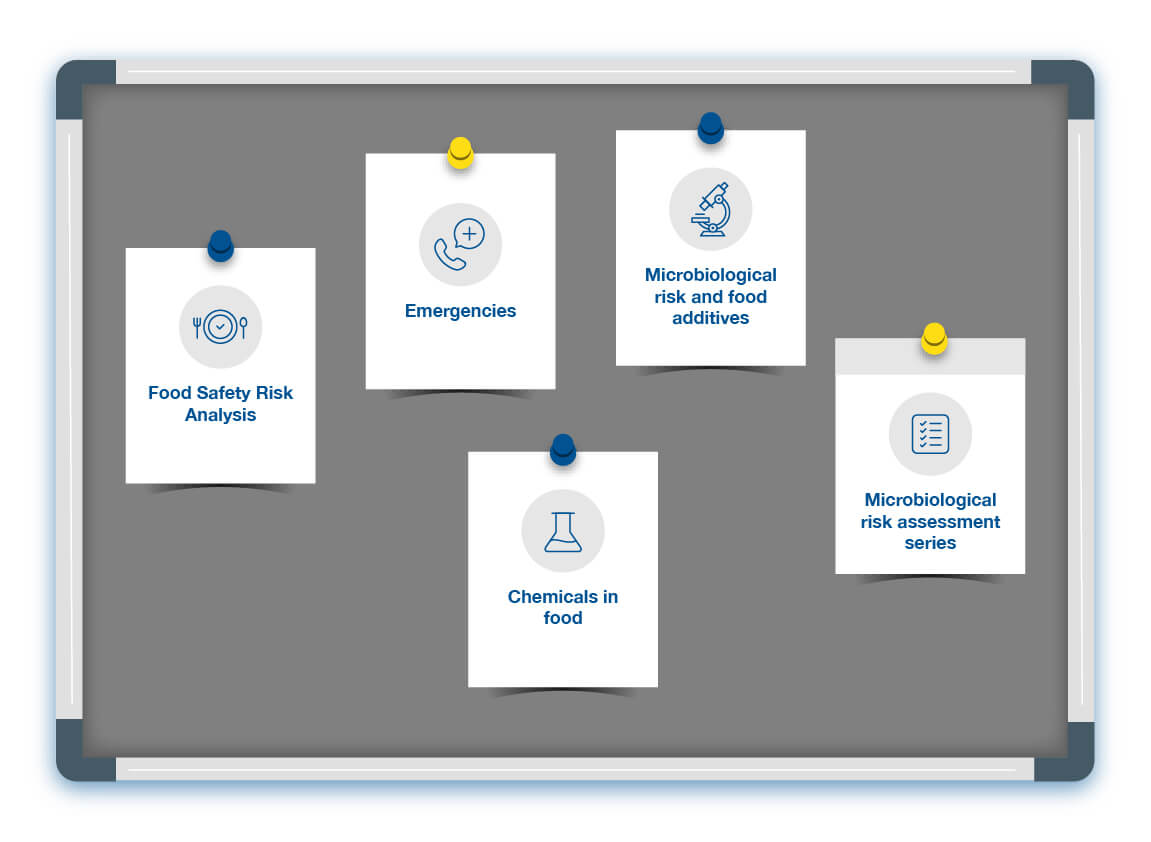










Food standards in Oceania
Food standards Australia-New Zealand (FSANZ) has published a document on how it uses risk analysis to manage a diverse range of food-related health risks. The approach is based on Codex guidelines. A separate chapter is dedicated to risk assessment can be accessed here. It is also available in the resources tab.
The European Food Safety Authority (EFSA) has published a range of guidance and methodological publications on topics related to risk assessment. They are available through the EFSA website. A selection is presented in the following slides.
A guidance on communication of uncertainty in scientific assessments can be accessed here. The document is also available in the resources tab.
A guidance on expert knowledge elicitation can be accessed here. The document is also available in the resources tab.
The ARAC
More relevant information for ASEAN Member states can be found on the website of The ASEAN Risk Assessment Centre for Food Safety (ARAC). Its mission is to carry out independent food safety risk assessments in a timely and transparent manner.
Microbial risk assessment in USA
The United Stated Department of Agriculture (USDA) and United States Environmental Protection Agency (EPA) have published a guideline for Microbial Risk Assessment for pathogenic microorganisms with focus on food and water. It can be accessed here. It is also available in the resources tab.
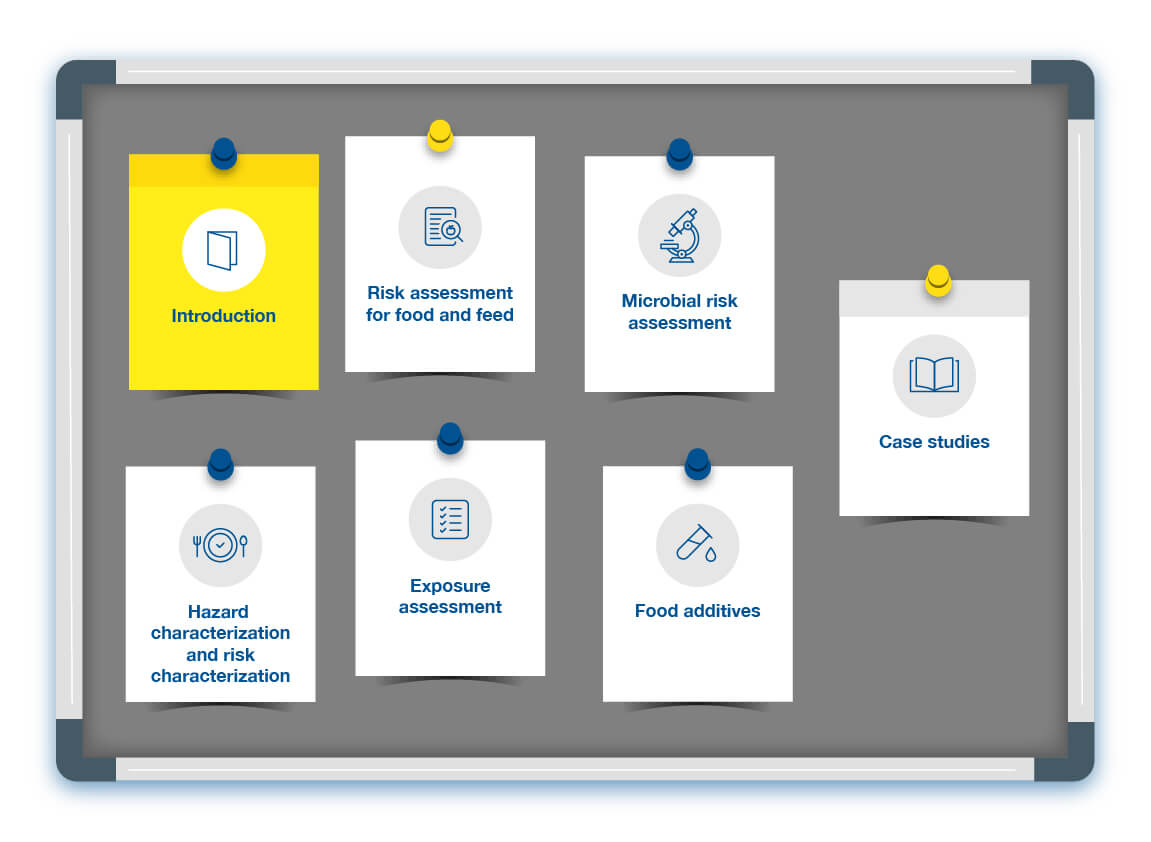














For any risk assessment, finding the right data is crucial. Ideally, a risk assessment is informed by complete data including peer reviewed studies, official data on occurrence of food safety hazards and trade and production data. However, in many cases data are limited. In these cases, expert opinion and less formal data sources are also very valuable. Here are a few potential data sources.
Peer reviewed studies provide strong evidence for risk assessments. However, they are not always available for all food safety hazards and all food commodities.
Textbooks can provide useful information, particularly for hazard characterizations. If possible refer to recent textbooks as this kind of information changes over time.
These are particularly valuable for hazards where there is very little published information. Expert opinion can be biased and should not be relied on in isolation when other information is available. The EFSA has published guidance on methods for expert knowledge elicitation, it can be accessed here or in the resources tab.
These may include data sources on trade statistics or food hazards.
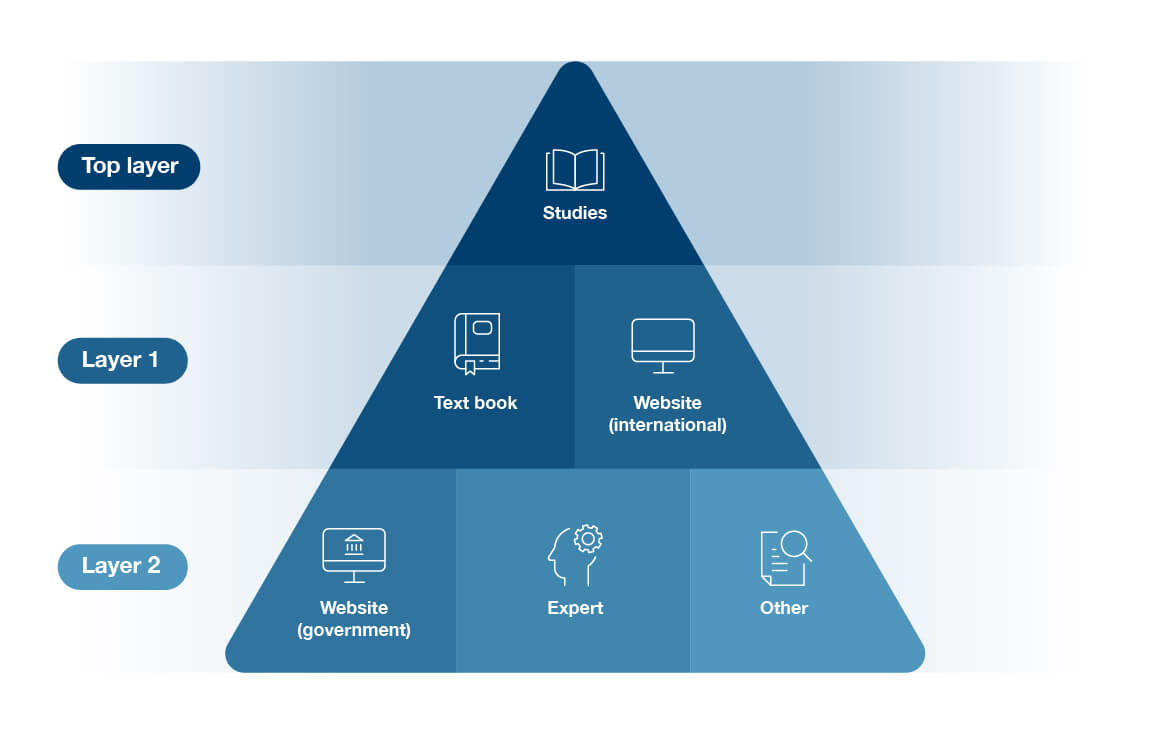














Finding the peer-reviewed studies you need can be challenging. Here are the answers to some frequently asked questions about sourcing peer-reviewed studies.
One way of finding peer-reviewed studies is to use a bibliography database. Examples of these include “Web of Science” or “Google Scholar”. “Google Scholar” is useful because it is free to access. However, some studies may appear on “Google Scholar” that are not peer-reviewed. You can access “Google Scholar” through this link.
Some peer-reviewed studies are open access. Open access studies can be downloaded by anyone. In other cases, peer-reviewed studies have to be purchased or the user must have a licence. Government departments can buy subscriptions to access peer-reviewed studies.
Recent studies are best because the authors should consider and discuss the previous studies relevant to their work. In some cases, there may be no recent studies on the hazard of interest.
All journals are not equal. In general, journals with a higher impact factor publish work of higher quality. However, this is not the only measure of quality. Some journals are of a high quality but in a relatively narrow field and therefore not cited as much. Beware of journals that are not peer reviewed.
Textbooks are great resources for IRA, especially if they are recent
FAOSTAT
FAOSTAT is a public database managed by FAO with data on livestock populations, trade, consumption patterns and other data. It can be accessed here.
RASFF
Food and Feed Safety Alerts (RASFF) is a EU database with data on detections of food and feed safety hazards across the EU, including import into the EU. It can be accessed here.
ComBase
Combase is an online tool for quantitative food microbiology. Its main features are the ComBase database and ComBase models. The focus of ComBase is describing and predicting how microorganisms survive and grow under a variety of primarily food-related conditions. It can be accessed here.
FSSP
The Food Spoilage and Safety Predictor is a software that has been developed to facilitate the practical use of mathematical models to predict growth of spoilage and pathogenic microorganisms in food. It can be accessed here.
We saw in earlier slides that some sources of information provide stronger evidence than others.
Quality publications will list the author and usually the organisation that they work for. Be careful of publications that do not list the author. Also consider the credentials of the author and whether they could be biased.
This links with the evidence hierarchy. Peer-reviewed information is considered more credible.
If the information has a reference list or refers to known experts, it is likely to be more credible than information without any references.
Do not reinvent the wheel
Many risk assessments have been performed already. You can use such published risk assessments not only to increase your understanding of what a risk assessment looks like, but also as a basis for your own risk assessment. Here we present some sources where you can find published risk assessments.
FAO/WHO websites
FAO/WHO provides rich literature on microbial risk assessment through the WHO website. Please, click here to access the website.
EFSA
EFSA provides an extensive journal where you can narrow down your search area by selecting your topic of interest on the left hand side. To access the website please, click here.
Food Standards Australia New Zealand
FSANZ allows you to look for existing risk assessment by entering a search team, e.g. “risk assessment”. The website can be accessed here.
Food Safety Inspection Service of the USDA
The website of the Food Safety Inspection Service of the United States Department of Agriculture (USDA) also provides access to multiple risk assessments. They can be accessed here.
Canadian Food Inspection Agency
The Canadian Food Inspection Agency (CFIA) have also made their risk assessments publicly available. Through the CFIA website you can also access existing risk assessments. Click here to go to the CFIA website.
RIVM
The National Institute for Public Health and the Environment of the Netherlands (RIVM) permits the access to a set of risk assessments. The website can be accessed here.
Questions
Please, select true/false for each of the following statements.
When I perform a risk assessment, I cannot use the results from studies performed by other researchers or groups as a basis for my own risk assessment.
When performing a risk assessment, I can only use data that have been published in peer reviewed scientific journals.
Expert opinion is the strongest type of evidence.



ECONOMIC COOPERATION SUPPORT PROGRAMME (AECSP)

